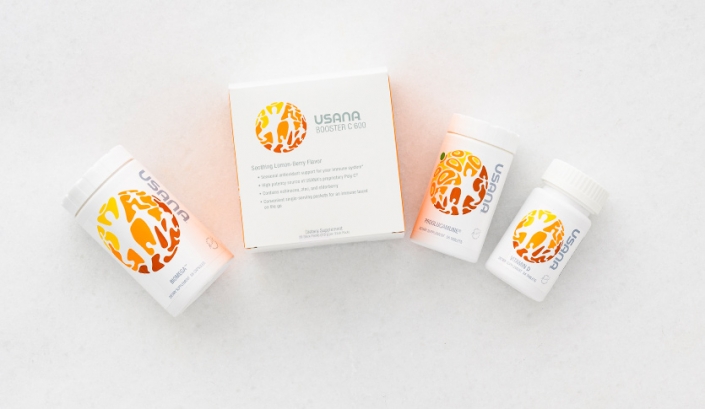Ingredients for Peas on Earth
Throughout history, people have turned to peas for their nutritional value. Believed to have originated in Asia, peas are an important dietary element in cultures around the world, providing a versatile, rich source of protein, fiber and other healthy compounds, such as vitamins, minerals and phytochemicals.
Peas can help food product developers meet consumer demand for foods made with “natural” ingredients, and can also help satisfy requirements for high-protein, vegetarian and gluten-free diets. Today’s consumers are begging for foods made with healthier ingredients. All they need to do is say “peas.”
Protein starts with “P”
Conventional pea protein isolate products provide emulsifying and other functional properties and they are recommended for use in a variety of food applications, including meat products, vegetarian products, baked goods, pasta, snack foods, nutrition bars, weight-management products, sports-nutrition products and gluten-free foods.
Obtained via air classification or wet-milling processes, pea protein isolates contain 80% to 90% protein and are rich in the branched-chain amino acids leucine, isoleucine, valine, arginine and lysine. It is highly digestible (98%), free of allergens commonly encountered in traditionally sourced protein products, non-GMO and attractively labeled as “pea protein” or “vegetable protein.”
Technology is improving the characteristics of pea protein, widening the ingredients’ application realm. For example, acidic beverages present a challenge for conventional pea protein isolates. At the pH of these products, the proteins are poorly soluble so their use tends to result in settling, and also precludes the preparation of transparent beverages. However, recent developments have yielded a novel pea protein isolate product for fortifying acidic beverages, such as soft drinks, sport drinks and juices. This novel pea protein product is 100% soluble at low pH, producing solutions that are transparent and heat-stable. In addition to its performance in acidic beverage systems, the novel pea protein isolate has a very bland flavor, and may be used in a variety of other food applications with or in place of other protein ingredients.
Putting the pea in polysaccharide
Like all plants, peas’ primary carbohydrate reserve is starch. Dry peas contain 40% to 45% starch. Difficult to extract directly, pea starch is typically produced as a byproduct of protein extraction, providing a distinct economic advantage over traditionally sourced starches like corn, wheat and potato.
Native pea starch offers a unique set of functional characteristics, due in great part to its high amylose content (35%). Compared to other unmodified starches, native pea starch provides improved thickening, film-forming and gelling properties. Stability under high temperature, acidity and shear are also better than that of other unmodified starches. Pea starch also allows for reductions in usage levels, forming gels around 4% versus the 10% to 20% required for other starch products.
Pea starch gives developers label-friendly modified-starch functionality, including gelling and controlling moisture in bakery fillings and meat, dairy and seafood products; viscosity and stability in soups and sauces; and improved volume and crispness in extruded products.
More fiber, peas
While the average American eats about half of the recommended daily amount of fiber, consumer awareness of the benefits of fiber, and the perils of its deficiency in their diets, is driving an profitable industry.
The same processes that yield pea protein and starch deliver a rich supply of fiber, the composition of which depends on whether it is derived from the seed coat, referred to as “outer fiber,” or the cotyledon, referred to as “inner fiber.” Inner fiber is approximately 65% total dietary fiber consisting of approximately 55% pectic substances, around 9% cellulose, and 6% to 12% non-starchy, noncellulosic glucans. Outer fiber is over 85% total dietary fiber consisting of 35% to 57% cellulose, and lower amounts of hemicelluloses and pectins. Fiber from both sources contains 75% or more insoluble fiber, and 5% to 25% soluble fiber.
Inner fiber is typically used for bulking and texturizing purposes, such as improving moisture retention, texture and stability without affecting finished-product taste, aroma or color. Pea fiber used as a fat-replacer can impart a rich, full-bodied mouthfeel in confectionery and dressing applications, or to improve yield and structure in meat products. Improved dough conditioning and extended shelf life have been demonstrated in baked products.
Outer fiber is the primary form for enriching fiber content without otherwise affecting the product. Most commonly used in snacks, cereals, and baked and extruded products, the outer fiber’s bland taste, color and aroma also make it well-suited for pastas, beverages, nutritional bars and vegetarian applications.
World peas
In addition to dietary trends, the growing awareness of environmental and sustainability issues are driving growing interest in plant proteins. Plant protein production is more sustainable and has less environmental impact than the production of animal proteins. This factor is particularly important as the world population and the demand for protein continues to grow.



